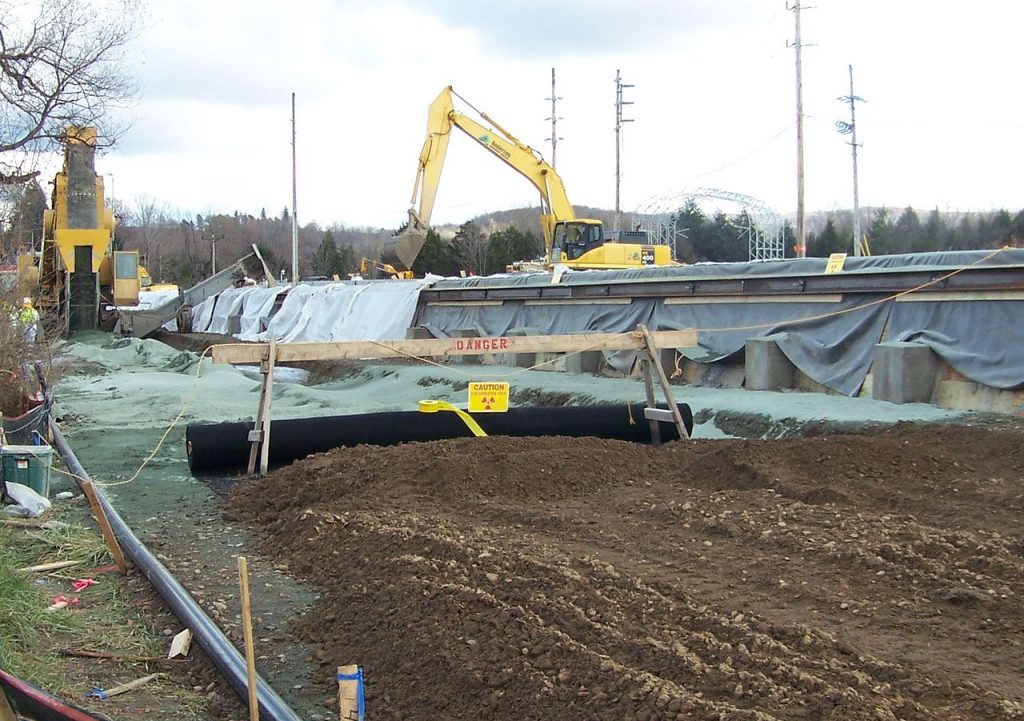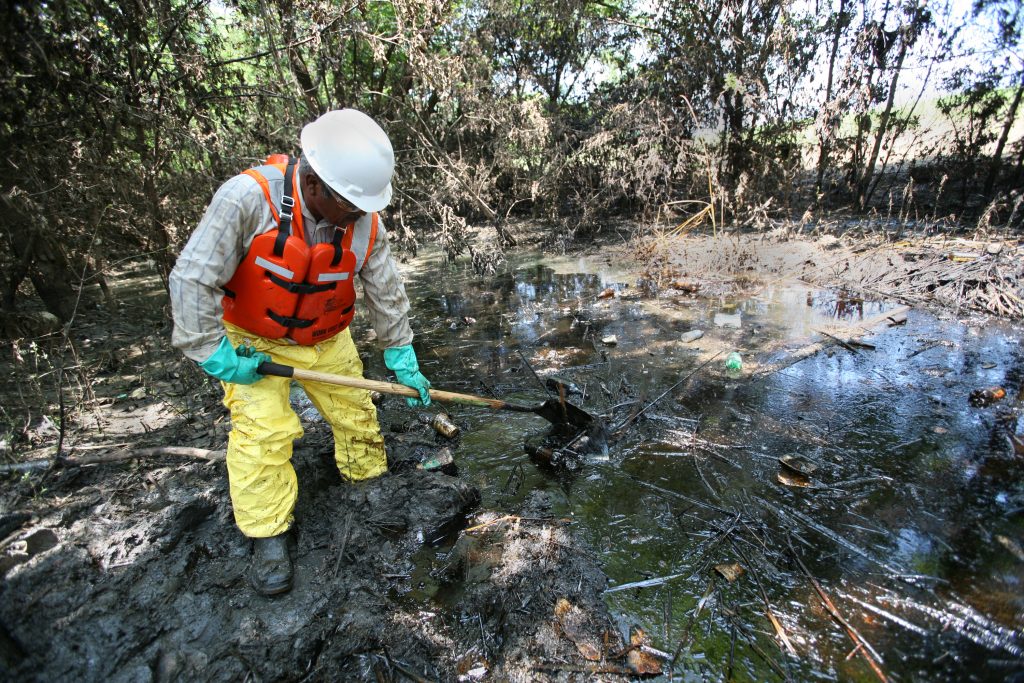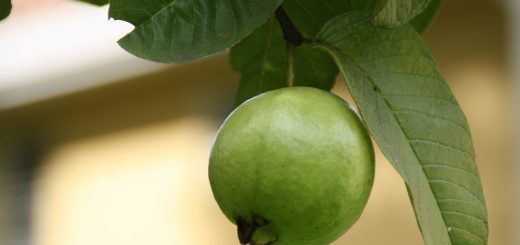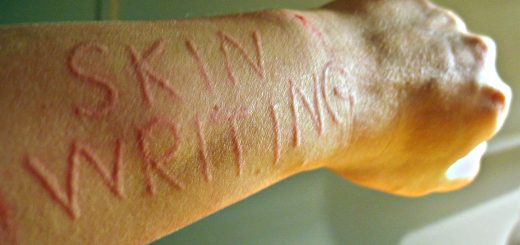The Effects of Soil Contamination and How It Needs to Be Removed
By definition, any substance in the soil that exceeds naturally-occurring levels and poses human health risks is a soil contaminant. As a quick example, arsenic naturally occurs in some soils. But if a person sprays certain pesticides on their yard, that could cause soil contamination. Lead is also very dangerous but occurs naturally in some soils. It was used in gasoline until 1989 and can still be found contaminating soils today.
The biggest risks for soil contamination are in urban areas and former industrial sites. If you are unsure about the condition of the soil near your home or property, it’s best to have a soil test done to be sure about its safety. Of course, most soil is perfectly safe for play, gardening, and recreation, but it’s best to be safe.
Common contaminants in urban soils include pesticides, petroleum products, radon, asbestos, lead, chromated copper arsenate and creosote. In urban areas, soil contamination is largely caused by human activities. Some examples are manufacturing, industrial dumping, land development, local waste disposal, and excessive pesticide or fertilizer use. Heavy car and truck traffic can contaminate soil, and so can a single car. Have you ever noticed a shiny puddle under your car in the driveway? That’s oil–a petroleum product–and when it rains, that oil will end up in the soil!
When soil is contaminated with these substances, it can hurt the native environment. Many of these substances are just as toxic to plants as they are to humans. In addition, since soil is the “earth’s kidney,” contaminants can trickle through the soil and get to our water supply. You can see why soil contamination is such an important topic!
Where and how much contamination is added to soils will largely determine how that contamination spreads throughout an area. The type of soil will also play a role in its distribution. For example, certain contaminants may reach groundwater sources more easily in sand than clay. This is because of faster infiltration rates of coarse-grained sandy soil types. Fine-grained clay soils or organic material in surface soils can hold contaminants tightly, which means the contaminants will accumulate if left undisturbed (that is, no excavation or tillage).
Some human activities may occur at the same time. For example, some new housing areas are built on old industrial sites. Those soil may have buried soil contaminants that are brought to the surface when the houses – or roads to support them – are put in. Newly resurfaced contaminants may then be redistributed throughout the urban environment by wind (as dust) and water erosion. Contaminants may also be retained at a site, which poses on-site risk of exposure if food is grown in the contaminated soil or children play in the soil.

How are people exposed to soil contaminants?
There are several ways humans can be exposed to soil contaminants. The most common are:
1. Ingesting soil: Though it might seem odd to eat soil, contaminants can be ingested in a variety of ways. Young children may be particularly susceptible as they play in bare soil. Children might breathe in dust particles that naturally disperse during play. They may also be curious and try eating soil. If soil is not contaminated, this causes no problem to the children. You can have your yard’s soil tested for lead and other substances for peace of mind.
Contaminated soil dust may also affect our food supply. For example, contaminated soil could be present on produce. If an item like lettuce is grown in soil with contaminants, the leaves could be covered. Washing lettuce is very important. Root crops like carrots and potatoes usually have soil on them in the store. If they come from contaminated soil, it’s important to wash them well, too.
2. Breathing volatiles and dust: When soils are uncovered, small particles can become airborne with wind or other disturbance. Construction or demolition work, mining operations, or poor landscaping efforts can make soil dust. Breathing in contaminated dust may cause physical or chemical damage to humans. For example, asbestos fibers can puncture the lungs. Chemicals such as lead can hurt the nervous system, including the brain.
3. Absorbing through skin: Contaminants may also be absorbed through the skin. Creosote is a common material used to preserve wood in the United States. This complex mixture of chemicals can leach out of treated wood and contaminate the soil. If creosote-contaminated soils are touched, then over time the skin may blister, peel or severely redden.

Sites of Special Concern
Industrial and manufacturing sites: Industrial and manufacturing sites often have a range of contaminants polluting their soils. The type of contaminant will depend on what the factory was producing. Contamination can occur when chemicals leak out onto the soil from buildings or trucks. Other times, the factory may have a waste stockpile or holding area that was once considered safe but now known to be a pollution problem. Industrial sites can also be quite large. This makes full-site soil remediation an expensive and challenging, but necessary, task.
Landfills, junkyards and waste disposal sites: Landfills, junkyards and waste disposal sites pose high risk of soil contamination, much like industrial sites. These areas often contain a large mix of contaminant types like lead, arsenic, and petroleum products. All are dangerous to human safety on their own. When combined, they may react with each other to create even more toxic compounds. Containment and remediation of these areas are costly, technically complex, and logistically challenging.
Highway corridors, parking lots, areas of heavy traffic: Vehicles are ubiquitous in the urban landscape. We see thousands of cars and trucks spread along highway corridors, crammed into parking lots, and packed onto major roads with heavy traffic. Our vehicles get us from point A to point B; we are often very dependent upon them. Though they may help us in getting around, areas with high concentrations of vehicles pose a lot of contaminant risks, both from emissions and fluid leaks. For example, presence of lead can be high in areas with heavy traffic emissions, and petroleum or oil leaks on roads or parking lots can be washed onto nearby soils.
Household sites: Household sites may not be an obvious site for soil contamination. But soils can get contaminated during housing construction. Petroleum products from the construction vehicles can leak. Paint may spill. Fibers from roofing products can blow down and disrupt life in soil. These are just a few examples of construction contamination of soils on home sites.Additionally, homeowners may also inadvertently contaminate their soil. Overuse of pesticides or herbicides is the primary culprit. Sometimes chemically treated wood is used in landscaping. If not used properly, this can contaminate the soil as well as the plant and microbial life it sustains. Also, overuse of winter salt can harm your soil.
Former farmland with build-up of contaminants: In the United States, many pesticides were composed of lead-arsenate between 1910 and 1950. At the time researchers and farmers didn’t know that lead caused health problems. As a result, lead is found in the soil of remnant farms today. In addition, there has been extensive development and production of herbicides since the 1950s. These chemicals need to be used properly; improper use can harm the soil, plant, and even human health. The use of high-load fertilizer applications may leave contamination in soils, depending on the crop and fertilizer type used.
Soil Contamination is a profoundly serious topic that more people should be talking about. While there are several ways to remedy the situation, these are not infallible and sometimes the only thing you can do is have the contaminated soil removed. These removals are always best left in the hands of professionals like Action Hazmat. Find out more about them on their comprehensive website.



